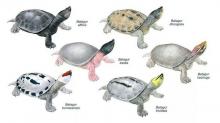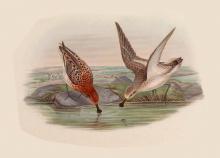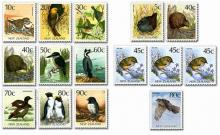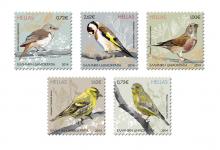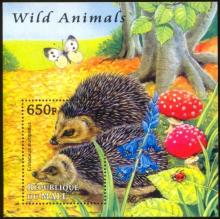One of the World's Most Endangered Turtles Nearly Extinct With Fewer Than 10 Left in the Wild
Cambodia's Royal Turtle (Batagur affinis), also known as the Southern River Terrapin, is one of the world's most endangered turtles and is now facing threats to its very survival. For several years the small remaining population of Royal Turtles—perhaps numbering fewer than 10—have been successfully protected from extinct by the Fisheries Administration (FiA) in partnership with Wildlife Conservation Society (WCS ) and local communities.

